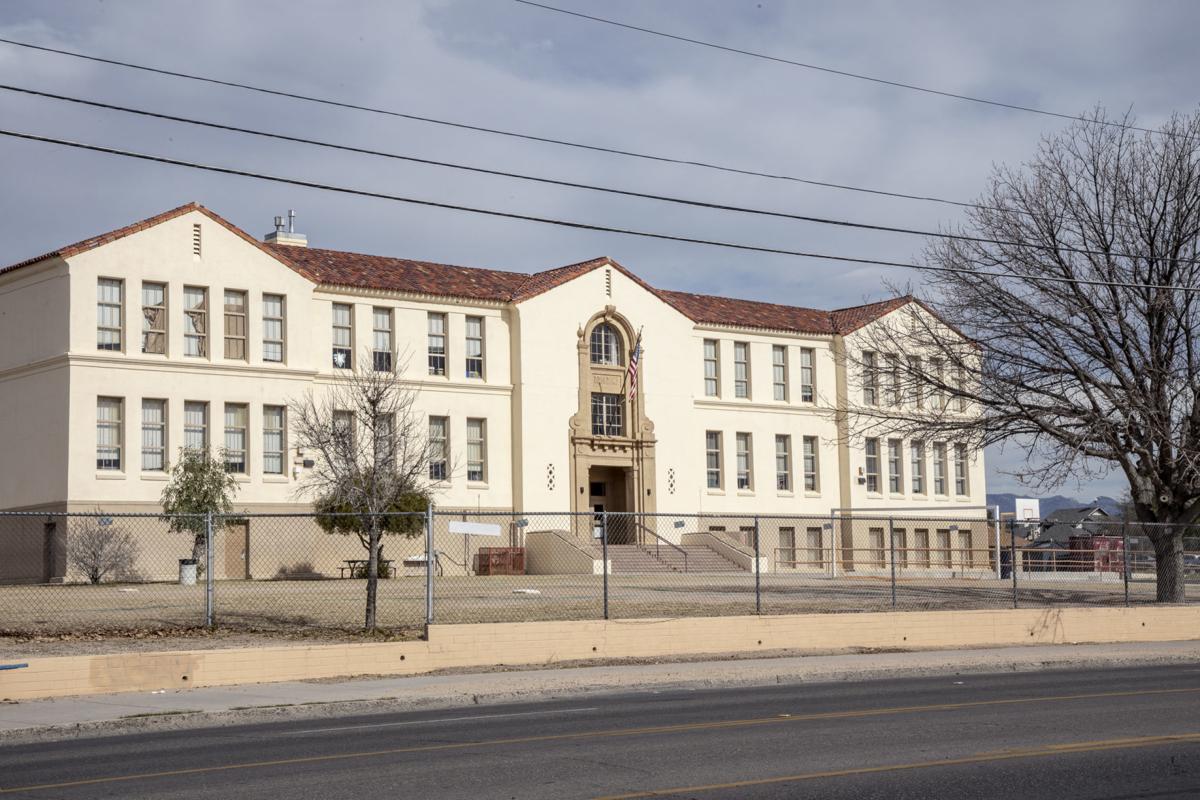The Tucson Unified School District Governing Board voted 4 to 1 on Tuesday to change Roskruge Bilingual K-8 Magnet School from its current neighborhood-school status to an open-enrollment school.
TUSD officials say the primary purpose of the change is to strengthen the school's Two-Way Dual Language program.
Pending approval from officials in the district’s 45-year-old desegregation case, students living in the current school boundaries entering kindergarten and first grade would have enrollment preference into Roskruge, as would second- through fifth-grade students who qualify through a language proficiency review. The change would begin in the 2020-2021 school year.
TUSD officials said allowing preference to these groups would help students in the dual-language program become bilingual from an early age, reach high academic standards and develop cross‐cultural competencies.
Students who enter in the later grades but aren’t at the correct level of Spanish proficiency struggle and teachers have to spend more time helping those students, said Director of Language Acquisition Patricia Sandoval.
“Late enrollees compromise the academic integrity of the program in order to accommodate a small group of students,” she said. “In turn, this affects the program for the other 600-plus students.”
The newest member of the board, Leila Counts, spoke in favor of the change, saying open enrollment would help integrate the school to comply with the requirements of the desegregation case. She also said that the change moves the school’s dual-language program to a nationally accepted model.
Board member Rachael Sedgwick, the only member who voted against the change, said she couldn’t support it, in part, because there has been too much push back from the community.
“Parents like their neighborhood schools, and I think TUSD needs to do a better job accommodating that desire,” she said during the board meeting.
Last school year, 89 percent of Roskruge's 614 students were open-enrolled through the school's magnet program, according to TUSD spokeswoman Leslie Lenhart. The roughly 64 students who lived in one of Roskruge’s two neighborhood boundaries — one surrounding the school and one the former Richey Elementary boundary on the Pascua Yaqui reservation — will be “grandfathered” to stay at the school through eighth grade, including students enrolling for the first time this upcoming school year.
Of the 64 Roskruge students who live within the neighborhood boundaries, the district estimated that 10 wouldn’t have qualified for enrollment under the new proposal.
Students in the neighborhood who don’t meet those qualifications and aren’t grandfathered in would go to Cragin Elementary School as their neighborhood school, with transportation provided. The K-5 school, on Tucson Boulevard between Glenn Street and Fort Lowell Road, is 4 miles from Roskruge.
The district had previously tried to find other schools for students living in Roskruge’s current attendance boundary who didn’t want to be in the dual-language program, but it was difficult because there wasn’t transportation for them to other schools, explained Bryant Nodine, the operations program manager at TUSD.
Cragin received a C letter-grade rating, which is the same as Roskruge, according to the Arizona Department of Education.
Although Cragin only goes up to fifth grade, Roskruge middle school has been open-enrollment only since expanding from an elementary in 1987, according to Arizona Daily Star archives. Therefore, the change will not affect the neighborhood boundary's middle and high schools, which are Mansfeld Magnet Middle and Tucson Magnet High schools.
A few community members spoke during the board meeting, saying Roskruge was important as a neighborhood school to the local community.
Sylvia Campoy, a representative for the Latino plaintiffs in the desegregation case, said she was a first grader at Roskruge in 1956. A native Spanish speaker, she learned English from her classmates, who tried to protect her from getting into trouble for not speaking English better, she said.
“That story is a story about neighborhood kids helping one another,” she said. “When you have communities and you have neighbors, they help one another. All of that is now at risk.”





